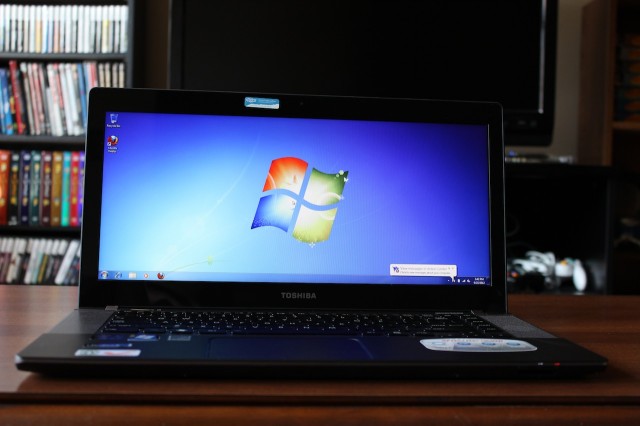Asaki said:
negative1 said:
if there was gate weave in the original
why wouldn't it be there?
It wasn't in the original though, it's just in the GOUT masters...or they screwed something up while mastering it to DVD.
Either way, if you haven't seen the GOUT before G-Force got a hold of it, basically the picture shakes left and right by a couple of pixels the whole time. All three movies.
actually i did notice that, but again, thought it was part of the movie
because most of the time its not really noticeable (well at least to
me anyways!)
negative1 said:
overall, those don't seem like bugs to me...
That's why I used the quotation marks ;) As was stated in the original post: "The definition of a bug in this context is left intentionally open.", so we're including other mistakes, flaws, etc., and intentional flaws.
yeah, i know... but how is it a 'flaw' then?
i've been trying to find the original press releases
for them.. (i just bought the special edition on DVD
when it came, and was overjoyed with the set)..
i didn't know about the limited edition with the originals
until much later...(and after i got them, then i found OT.com)
===========================
http://www.prillaman.net/starwarsdvdnews.html
The Digital Bits has confirmed today that the transfers being used on the original theatrical discs will be the 1993 masters created for the "Definitive Edition" LaserDiscs. There will apparently be some digital clean-up, and the transfers will be better than the ones generated by bootleggers using the DE LaserDiscs (although it will be interesting to see how close some of the most resourceful bootleggers got to what will be on these discs).
Bill Hunt posted a lengthy rant this morning about the subject. He posited two theories as to why Lucas would choose to recycle a 13-year-old transfer. One theory is that they simply aren't going to spend the money to track down a good print and have a new anamorphic transfer made, instead choosing to use this old LaserDisc transfer to make a quick buck off the fans.
------------------------
and the official:
---------------------
http://www.supershadow.com/starwars/dvd.html
In response to overwhelming demand, Lucasfilm Ltd. and Twentieth Century Fox Home Entertainment will release attractively priced individual two-disc releases of Star Wars, The Empire Strikes Back and Return of the Jedi. Each release includes the 2004 digitally remastered version of the movie and, as bonus material, the theatrical edition of the film. That means you'll be able to enjoy Star Wars as it first appeared in 1977, Empire in 1980 and Jedi in 1983.
See the title crawl to Star Wars before it was known as Episode IV; see the pioneering, if dated, motion control model work on the attack on the Death Star; groove to Lapti Nek or the Ewok Celebration song like you did when you were a kid; and yes, see Han Solo shoot first.
This release will only be available for a limited time: from September 12th to December 31st. International release will follow on or about the same day. Each original theatrical version will feature Dolby 2.0 Surround sound, close-captioning, and subtitles in English, French and Spanish for their U.S. release. International sound and subtitling vary by territory.
"Over the years, a truly countless number of fans have told us that they would love to see and own the original version that they remember experiencing in theaters," said Jim Ward, President of LucasArts and Senior Vice President of Lucasfilm Ltd. "We returned to the Lucasfilm Archives to search exhaustively for source material that could be presented on DVD. This is something that we're very excited to be able to give to fans in response to their continuing enthusiasm for Star Wars. Topping it off with a new interactive adventure makes September 12 a red-letter day for Star Wars fans."
=========================================
nowhere in there did i see anything about anamorphic transfers
or anything else like that..
by the way, i didn't have a DVD player or buy movies, until they
were out for several years, and i didn't have a flatscreen TV
until recently either..
i only had a laserdisc player at that point. so i'm not really
sure if i even knew what that term meant even if they had
mentioned it.
later
-1



